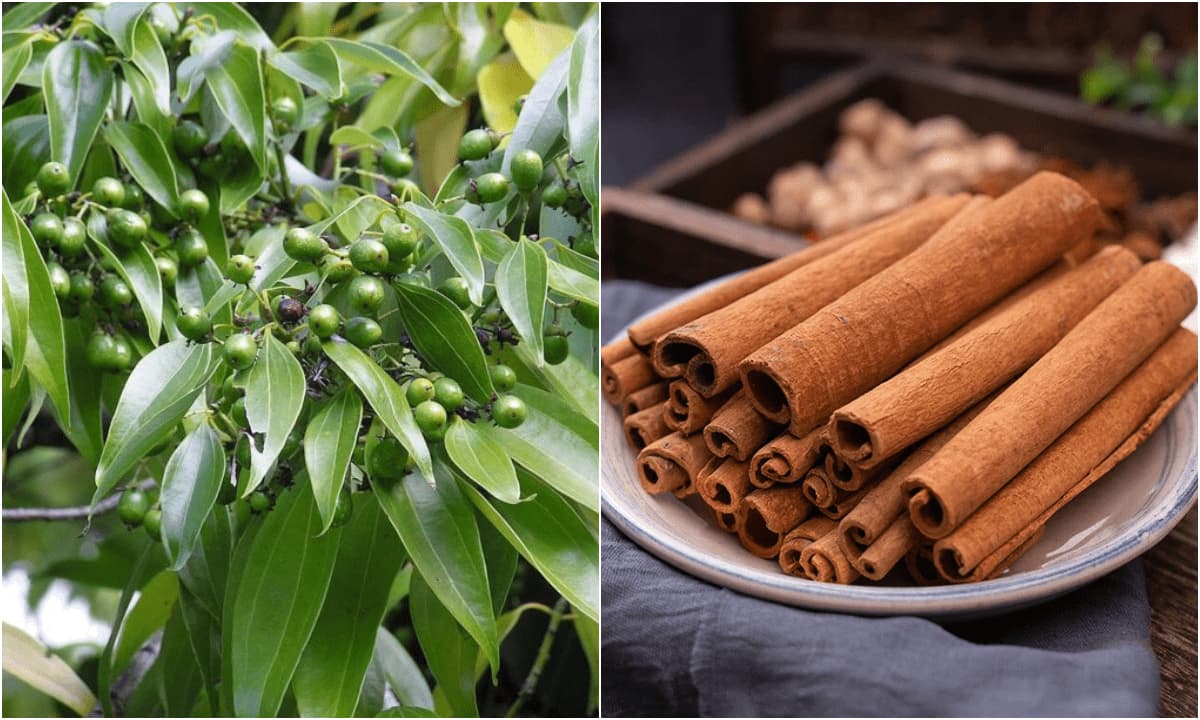Pasta Fresca Recipe

Alright, listen up, because we're about to make pasta fresca, the real deal. Forget that dried stuff for tonight, we're going full artisanal. This isn't just a recipe; it's an experience.
Recipe: Authentic Pasta Fresca (Fresh Pasta)
Yields: Approximately 4 servings (about 1 pound of pasta) Prep Time: 20 minutes Resting Time: 30 minutes (minimum) Cook Time: 2-5 minutes (depending on pasta thickness)
Ingredients:
- 00 Flour (Semolina also works but 00 gives the best flavor and texture) (all-purpose in a pinch, but the texture won't be the same): 200 grams (about 1 1/2 cups)
- Semola di Grano Duro (Semolina Flour): 100 grams (about 3/4 cup)
- Large Eggs: 3 (approximately 150-165 grams without the shell)
- Extra Virgin Olive Oil: 1 tablespoon
- Pinch of Fine Sea Salt
Equipment:
- Clean work surface (wooden board or countertop)
- Large mixing bowl (optional, if you prefer a bowl to start)
- Fork
- Plastic wrap
- Pasta machine (optional, but highly recommended for even thickness)
- Rolling pin (if you don't have a pasta machine)
- Sharp knife or pasta cutter
- Large pot
- Slotted spoon or spider
Instructions:
-
Mise en Place (Get Organized): Before you even THINK about touching the flour, make sure you have all your ingredients measured and ready. Trust me, it makes a world of difference.
-
Form the Well: On your clean work surface, mound the flour and semolina together. Create a large well in the center, like a little volcano.
-
The Egg Wash: Crack the eggs into the well. Add the olive oil and salt.
-
Incorporate the Dry Ingredients: Using a fork, gently whisk the eggs, oil, and salt together within the well. Now, slowly start drawing in flour from the inner walls of the well, a little at a time. Continue mixing, gradually incorporating more and more flour until a shaggy dough begins to form.
-
Knead, Knead, Knead: Once the dough is too thick to mix with a fork, use your hands. Gather the dough into a ball and begin kneading. Push the dough away from you with the heel of your hand, then fold it back on itself. Rotate the dough a quarter turn and repeat. Knead for a solid 8-10 minutes. The dough should become smooth, elastic, and slightly tacky. If it's too dry, add a tiny bit of water, like a teaspoon at a time. If it's too sticky, add a tiny bit of flour.
-
Rest the Dough: Form the dough into a ball, wrap it tightly in plastic wrap, and let it rest at room temperature for at least 30 minutes, or even better, an hour. This allows the gluten to relax, making the pasta easier to roll out.
-
Divide and Conquer: After resting, unwrap the dough and cut it into 4 equal pieces. Keep the pieces you're not working with wrapped in plastic wrap to prevent them from drying out.
-
Roll it Out (Pasta Machine): Flatten one piece of dough into a rectangular shape. Set your pasta machine to the widest setting. Feed the dough through the machine, catching it as it comes out. Fold the dough in thirds (like a letter) and feed it through again. Repeat this process 5-6 times, or until the dough is smooth and elastic.
Now, gradually decrease the setting on your pasta machine, feeding the dough through each setting once. You're aiming for a thickness that is thin, but not so thin that it tears easily. I like setting 6 for most general uses.
Rolling it out (by hand): if you don't have a pasta machine, you'll have to roll the pasta very thinly. You can start with a rolling pin and then finish with a thin dowel.
-
Cut the Pasta:
- For long strands (fettuccine, tagliatelle, etc.): Lightly dust the pasta sheet with flour. Fold the sheet over on itself several times to create a layered rectangle. Using a sharp knife, cut the folded pasta into your desired width. Unfold the strands.
- For filled pasta (ravioli, tortellini, etc.): Cut the pasta sheet into squares or circles using a knife or cookie cutter.
-
Cook the Pasta: Bring a large pot of salted water to a rolling boil. Add the pasta and cook for just 2-5 minutes, or until it's al dente (tender but still firm to the bite). Fresh pasta cooks much faster than dried pasta.
-
Drain and Serve: Immediately drain the pasta using a slotted spoon or spider. Toss with your favorite sauce and serve immediately.
Chef's Notes & Tips:
- The Right Flour is Key: Don't skimp on the flour. 00 flour is ideal because of its fine texture and low gluten content, which creates a delicate pasta. Semolina adds a slightly nutty flavor and helps prevent the pasta from sticking.
- Kneading is Crucial: Don't underestimate the importance of kneading. It develops the gluten, which gives the pasta its structure.
- Don't Overcook: Fresh pasta cooks fast. Watch it carefully and test it frequently. You want it al dente.
- Drying: If you're not cooking the pasta immediately, you can lightly dust it with flour and let it air dry on a pasta drying rack or a clean surface for a few hours.
- Sauce Pairing: Fresh pasta is best paired with lighter sauces that won't overpower its delicate flavor. Think pesto, brown butter sage sauce, or a simple tomato sauce.
Variations:
- Herb Infusion: Add finely chopped fresh herbs (like basil, parsley, or rosemary) to the dough while kneading.
- Spinach Pasta: Blanch and finely chop 1/2 cup of spinach. Squeeze out all the excess water and add it to the dough while kneading. Reduce the eggs to 2.
- Beet Pasta: Add 1/4 cup of beet puree to the dough for a vibrant pink pasta. Reduce the eggs to 2.
Now go forth and create some pasta magic! Buon appetito!









